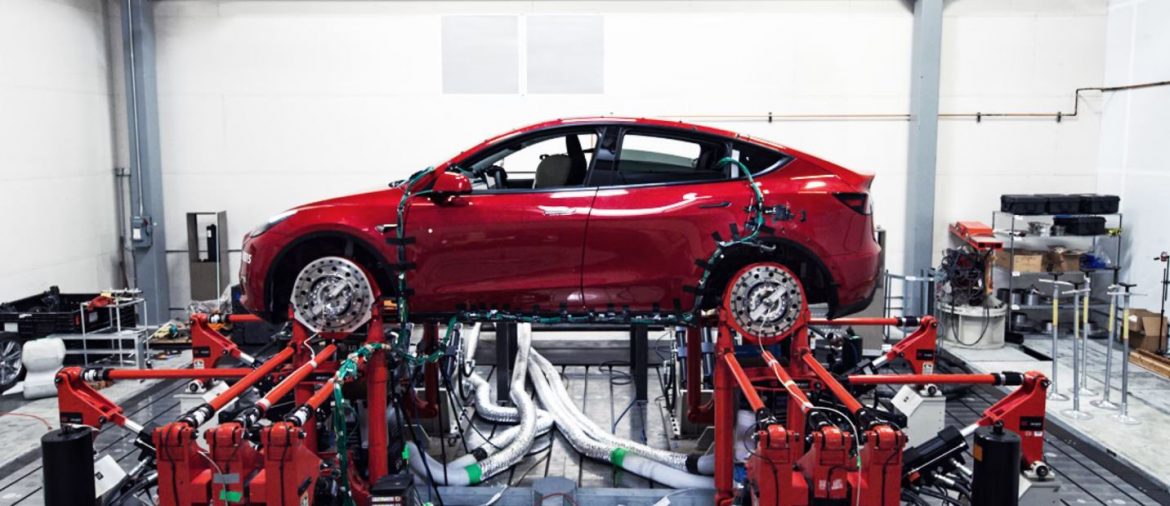Tesla, the renowned electric vehicle manufacturer, is reportedly considering laying off over 10% of its global workforce, according to media reports. The move comes as Tesla faces challenges stemming from sluggish demand for its electric vehicles in an increasingly competitive market.
Internal measures amidst declining demand
In response to the softening demand, Tesla has taken several internal measures, such as- identifying critical team members, suspending certain stock rewards, and annual reviews for employees. These actions reflect the company’s efforts to streamline its operations, and enhance efficiency in the face of market headwinds.
Impact on workforce
With a workforce of approximately 140,473 employees globally as of December 2023, Tesla’s reported layoff plans could affect around 15,000 workers. This significant reduction shows the company’s determination to rationalise costs and adapt to changing market dynamics.
Cost reduction strategy
Tesla CEO Elon Musk emphasised the importance of cost reductions and productivity enhancements in a recent internal memo. As the company prepares for its next phase of growth, it is prioritising measures to enhance operational efficiency and financial sustainability amidst evolving market conditions.
Earnings performance and market outlook
Tesla’s decision to downsize its workforce comes ahead of its quarterly earnings report scheduled for April 23. The company reported a decline in vehicle deliveries in the first quarter, signalling its first dip in nearly four years, and falling short of market expectations. Moreover, the abandonment of plans to produce an affordable electric car reflects a strategic shift in response to changing market dynamics.
Challenges in 2024
After years of robust sales growth, Tesla is bracing for a slowdown in 2024, driven by various factors including high-interest rates and intensified competition. The company’s reluctance to refresh its ageing models coupled with pricing pressures have impacted its market performance, particularly amidst the emergence of cheaper alternatives from competitors.
Margin pressures and profitability concerns
Tesla’s efforts to bolster its margins have become imperative, given the sustained pressure on profitability. The company recorded a gross profit margin of 17.6% in the fourth quarter, marking its lowest figure in over four years. Addressing margin erosion and enhancing operational efficiency are critical priorities for Tesla amidst challenging market conditions.
Market response and future outlook
Following the news of potential layoffs, Tesla shares witnessed a slight decline in pre-market trading. Looking ahead, Tesla faces the task of navigating a complex market landscape characterised by shifting consumer preferences and intensified competition. The company’s ability to adapt its strategies and maintain its position as a market leader will be pivotal in shaping its future trajectory amidst evolving industry dynamics.



